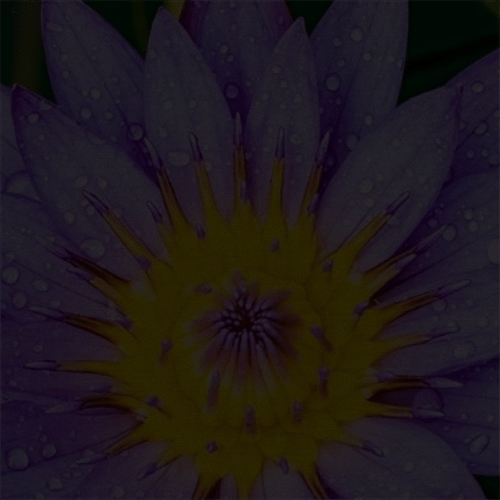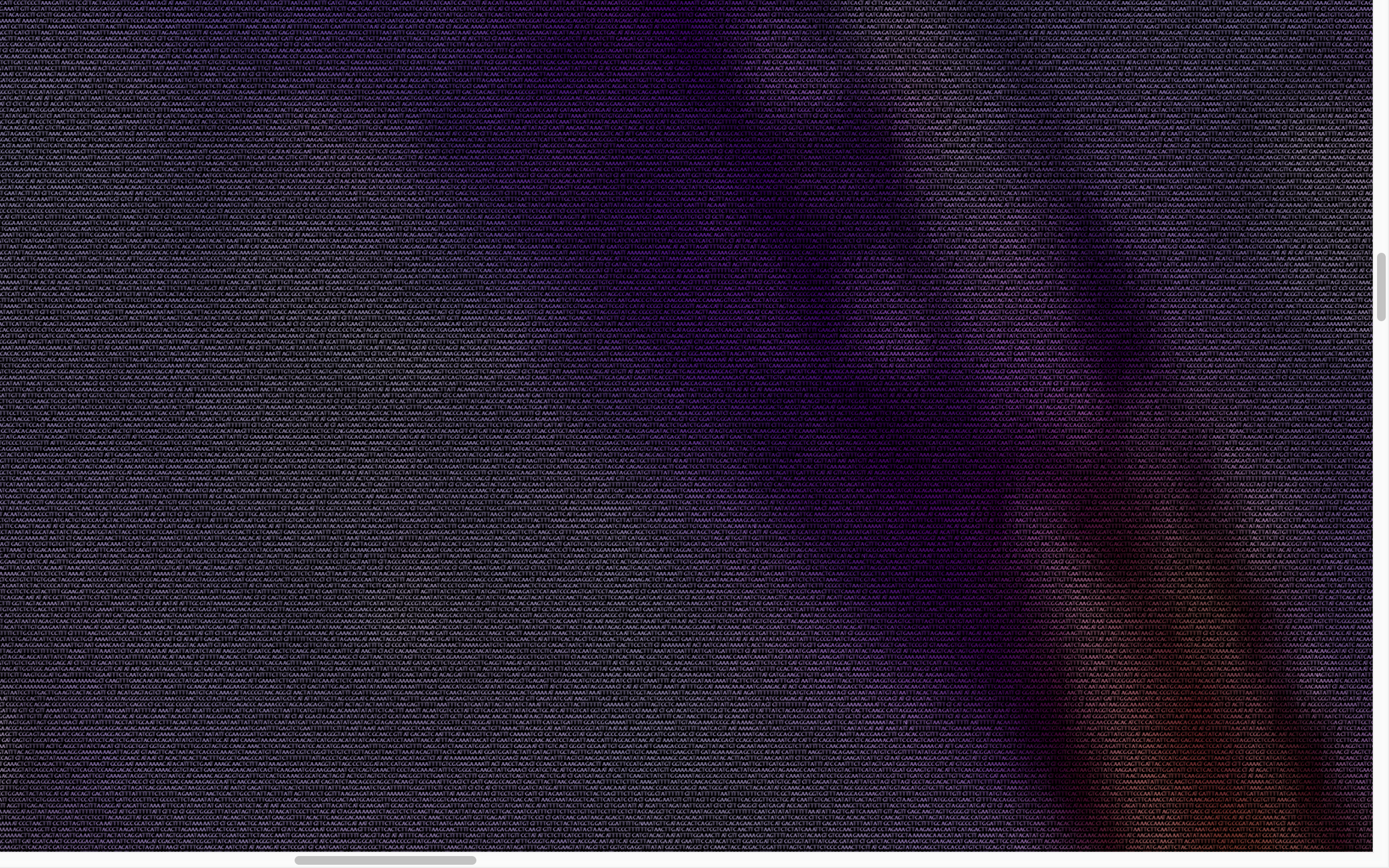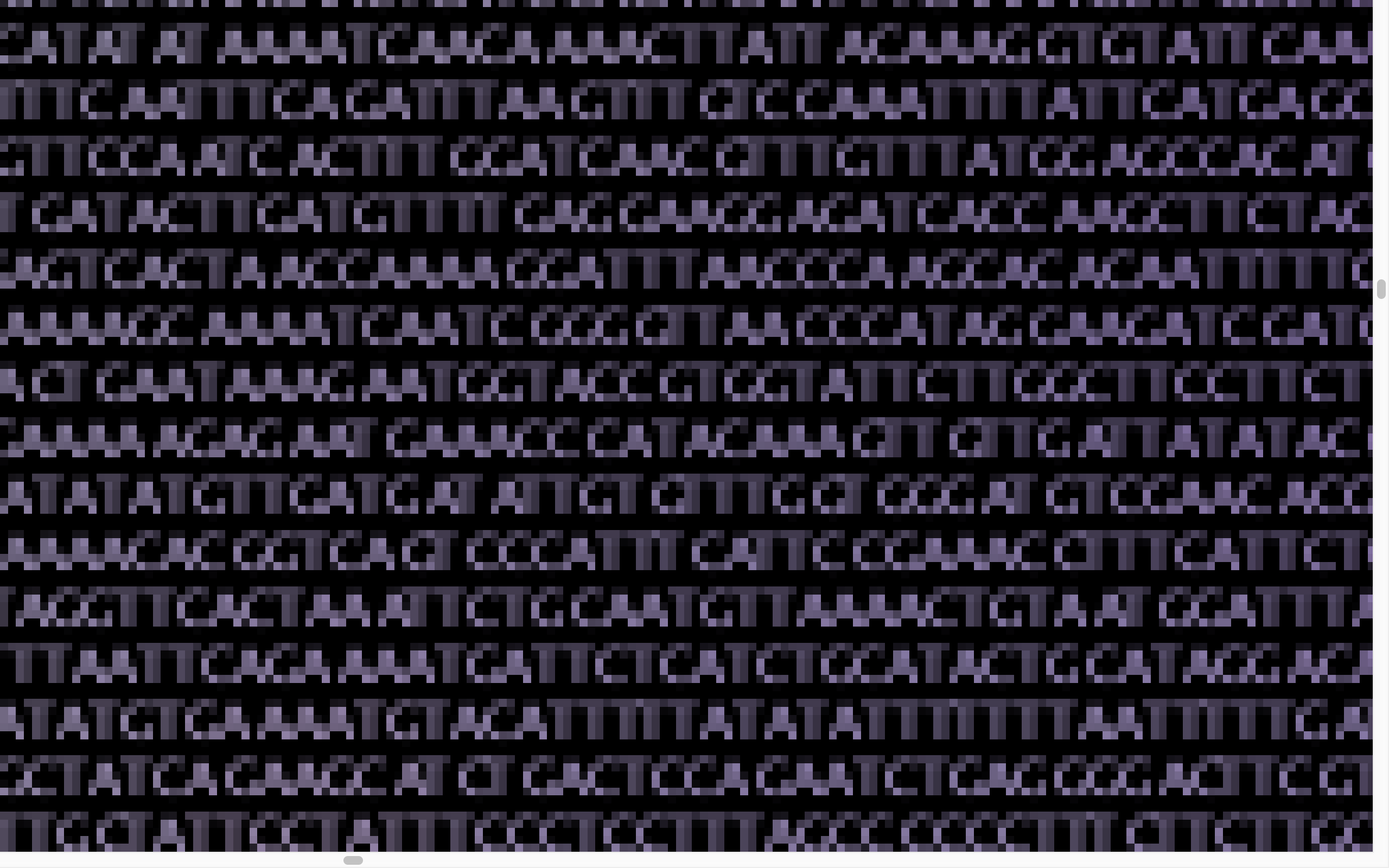Lotus DNA
Nov 2019
The experience
Geometric sequence is a data that would reveal its own identity or appearance. This piece mapped with the geometric sequence of Japanese lotus plant and the picture of the flower. According to Manovich, “The macro and the micro, the infinite and the endless are mapped into manageable visual objects that fit within a single browser frame.” Therefore, we can visualize its geometric sequence when we zoom into the picture; we can see a lotus plant when we zoom out the picture. The idea of mapping the data within a screen is very useful to keep us thinking out of box, and it is a great method for us to make the data handy.
Besides, Chris Jordan influenced me to make this piece. His pieces combined data and physical objects, which are related to the current issues. His pieces were not very big scale, but each piece contained the enormous amount of data. His works shocked me because the number of data is something that I cannot imagine, but he can make them visualize. Because of that, I want to impress my audience as the same way that he impressed me.
The process
There are few steps to be made in order to accomplish this piece on Processing. First, inserted the file of the geometric sequence of lotus by using loadStrings(). Then, made the data in the file to be displayed in the screen by using for loop. After that, built an if statement in order to insert the data in the next line. Later, put the lotus image in the sketch by using loadImage(), and map the image with the data. Next, put the constructor PGraphics in order to make the whole piece appear in one screen. It is important to increase maximum available memory in preference. The piece would produce faster when you made a variable to limit the words length. Finally, used the save function to save the accomplished piece. Furthermore, it would be more convenient if adding println function in every few steps, so you can see whether which steps are working or not.





